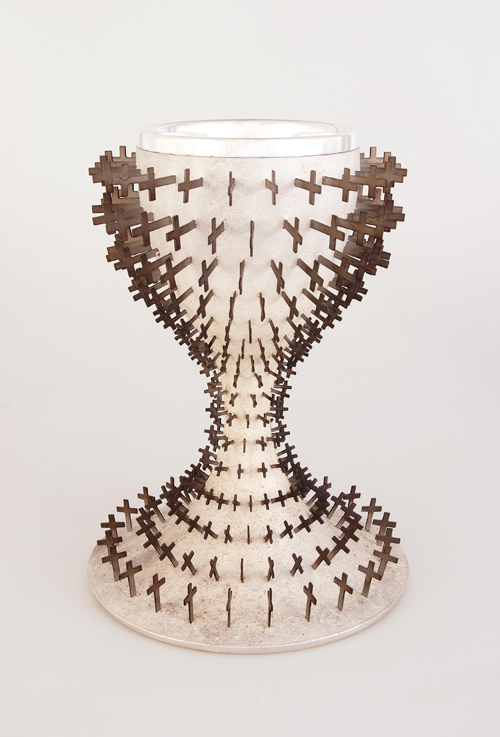
Matthew Mella finds out about Sheffield’s international ambitions in the field of design.
UNESCO’s Creative Cities Network is a creative cluster featuring 30 cities from around the world. Promising to highlight cities’ cultural assets on a global platform, the network is a worldwide creative cluster. Focused on contribution to global and local renewal, UNESCO encourage and nurture links between the cities. The first – Berlin, Buenos Aries and Montreal – were named in 2004 due to their design heritage.
Over the last 8 years, the network has expanded to include another six categories, ranging from media arts to gastronomy. Three members are located in the UK – Bradford for its film, Edinburgh for its literature and Glasgow for its music. Over the next 18 months, a council-backed bid aims to place Sheffield as the fourth UK city to join the UNESCO Creative Cities Network, and the first in the UK to be admitted for its contribution to design. But why Sheffield?
Designed in Sheffield, a not-for-profit cooperative formed to promote Sheffield’s creative talent, hosted a launch event at the Crucible theatre to explain the bid. Jonny Douglas and Deborah Egan were joined by Sheffield City Council’s Julie Dore, and between them they put forward a persuasive case for the city’s inclusion.
Sheffield is known for its active creative industry. The first mention of the city’s craft and product design occurs in Chaucer’s The Reeve’s Tale, and Sheffield has been known for its cutlery design for centuries. This has been brought into the 21st century by the likes of David Mellor, but the modern city isn’t just about knives and forks. Over the past few decades, Sheffield has developed a burgeoning sector of graphic, product, architecture and interactive design.
These combine to form one of the UK’s most successful creative industries, with its own quarter within the city and providing employment to thousands of people. There’s also plenty of underground and left-field goings-on, such as Pete McKee’s Pub Scrawl event – a recent night of temporary exhibitions featuring Sheffield’s art and design talent. Overlapping with the region’s rich tradition of music and theatre, the city’s creativity is one of its most distinct personality traits.
Deborah Egan is keen to see Sheffield get the attention it deserves: “Getting the status would hold up a mirror to this and give credit to those who work so hard to make that happen. It would also enhance the opportunities for international work and projects in the commercial design sector, drive greater student attendances and act as an identifier for the city going forward.”
The internet and new ways of working has changed the landscape of design. There’s more room than ever for collaboration and experimentation, and Deborah considers this a part of Sheffield’s bid: “It’s important to understand that design is no longer about pencils and metal, but just as much about fluid virtual ideas and thinking – and encapsulated in digital art and media just as well as a beautifully formed practical object.”
Designed in Sheffield and Sheffield City Council are looking for creative individuals from the city to contribute to the bid. Their aim is for people to come together to create ways of promoting and demonstrating Sheffield’s output, as well as highlighting its importance to a wider audience. If you have ideas, or are interested in being kept informed about the bid, you can contact Designed in Sheffield at designedinsheffield@gmail.com.
Jonny Douglas sums up the international importance of the bid, and of Sheffield: “This is a great opportunity for the city to get global recognition for what it is truly great at – design, problem solving, innovation and pioneering the future.”
Great succinct intro to the overview – keep posted here for developments as they unfold!